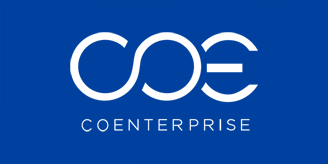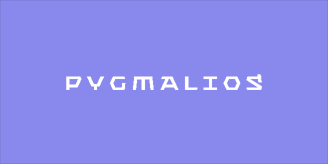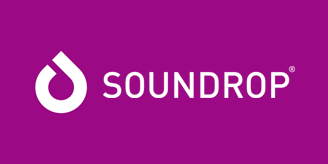
CoEnterprise provides integration and analytics solutions and services that enable companies to unlock the value of their business potential. Through expert consulting, training, and assurance services CoEnterprise helps optimize their customers’ processes and take their businesses to the next level. Designed for non-technical users, CoEnterprise Syncrofy empowers businesses to view and analyze supply chain data in a simplified way enabling them to work faster and smarter.
What were your team’s devops challenges and pain points prior to using Sematext?
With a plan to containerize our services and orchestrate them via Docker Swarm, we quickly realized that the 10GB log cap per container built into Docker Swarm might quickly become problematic. We tried to develop a custom log management solution, but faced more than a few difficulties. We not only needed to make sure that we could comb through our service logs without fear of losing them, but also develop log-based alerting and a log archival system. Sematext solved all of these issues for us.
What were your requirements and considerations for monitoring and / or logging solutions?
Fundamentally, we needed to ingest logs from containers running in Docker Swarm-managed services, that we would be able to search and browse after ingestion.
Why did you choose Sematext?
Sematext was by far the best-priced out-of-the-box logging solution we found. The additional Docker container metrics it provided, including the dashboards and alerting functionality, became valuable immediately, and we soon started leveraging the AWS S3 integration functionality for archiving our logs to S3.
What problems does Sematext solve for you?
Sematext provides us with the short-term log storage, log parsing, log alerting, log archival, and container-metric single-pane-of-glass.
Please share some insights into your implementation process and transition to Sematext.
Implementing the basic functionality of Sematext via Docker Compose files was very easy, and because we adopted it around the same time we migrated our services from living on separate VMs to having them running in Docker, there were no transition pains.
What was the outcome and which product feature(s) do you find most helpful?
Sematext has been extremely valuable in providing one place to aggregate, view, and alert on our service logs. We also use the dashboard functionality with some frequency to monitor our production Docker Swarm's resource usage.
Anything else you would like to add?
One of the best things about Sematext has been the customer support. When we've had issues with our pattern configurations or identified bugs or areas of improvement, the Sematext team has been responsive, helpful, and even merged in code changes based on our suggestions.
Challenges before Sematext
- Limited log management capabilities in existing solutions
- Building a custom log management solution is not easy
Favorite Sematext features
- Single pane of glass for log storage, log parsing, log alerting, log archival, and Docker monitoring
- Good cost to value ratio
- Great customer service
- Easy integration
Other Case Studies

CoEnterprise Case Study
Integration and analytics solutions and services

Pygmalios Case Study
Monitoring and logging solution for a containerized environment

Soundrop Case Study
Distribution and licensing for cover songs and video game music on the world's top platforms